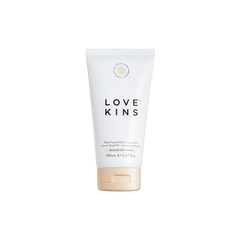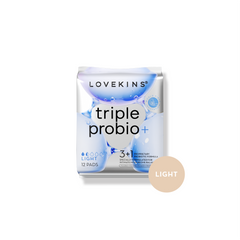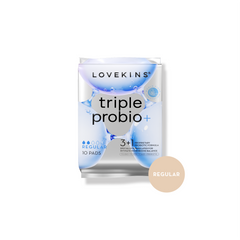Tearing during childbirth is a topic most mamas don’t want to think about when preparing for a vaginal birth, but it is valuable to be aware of. 85% of women in Australia experience a tear at childbirth, and there are ways to decrease your risk of tearing, as well as beneficial information to assist the healing and recovery post birth.
The perineum is the area of skin between your vagina and bottom which thins and stretches as your baby is born, therefore is the most common area where a tear can occur. If you experience a tear at birth, it will be classified as a first, second, third or fourth degree tear, depending on the severity and how many layers of skin or muscle it involves. Your likelihood of tearing depends on multiple factors, including the size of baby’s head, your birth position, how much elasticity in your skin and the use of an instrument (vacuum or forceps). Although perineal tears are sutured back together and heal well, the aim is to avoid a tear at birth for all mothers.
Protecting your perineum
There are several ways that can help reduce your chance of tearing, which may be done in the antenatal period and during your labour and birth. A few of these measures may be performed routinely by your midwife or OB, although always talk to your healthcare provider before birth to discuss your preferences.
- Perineal massage in the antenatal period is supported by evidence to reduce your risk of third and fourth degree tears at birth. Massaging the perineum helps to gently stretch the skin around the vagina before giving birth which can have several benefits.
- Warm compresses on your perineum during the pushing stage of labour can reduce your risk of a severe perineal tear. You can request for your healthcare provider to apply a warm compress before your baby’s head begins to crown.
- The position you give birth in impacts the likelihood of tearing. The two positions that result in less tears are side-lying and kneeling on all-fours. The least ideal position for birth is laying on your back, as this puts more pressure on the perineum.
- The last recommendation during birth to decrease the chance of a tear is to slow the birth of your baby’s head. When bub is crowning your midwife or OB will encourage you to pant or just give small pushes to allow the perineum to slowly stretch.
Recovering from a vaginal birth
Allowing your body to rest after childbirth is really important for healing, and your physical recovery will depend how birth unfolded for you. Ask your partner and those around you to help with household duties and other children, to allow you this time to rest. Take it easy when recommencing any exercise post birth, which should be after an appointment with a women’s health physiotherapist. Give your body time to heal before returning to sexual intercourse, which is at least 6 weeks postpartum, or when you feel comfortable. Side lying is the recommended position to lay in for perineal recovery, whether you have a tear or not. Laying on your side gets the pressure off your perineum and bottom, the area that will be the most tender after birth. If you sit upright for long periods of time you will experience increased swelling and pain at the perineum. Applying ice packs to your perineum is highly recommended in the first 3 days postpartum. The cool temperature not only reduces bruising and swelling in the area, but it also dramatically decreases pain. Only apply ice for 15-20 minutes at a time, then remove and wait until your skin returns to normal temperature before reapplying. Changing your pad regularly is super important for hygiene reasons post birth to minimize your risk of infection. You will experience vaginal bleeding for up to 6 weeks, being moderate for the first 2-3 weeks before lightening and becoming spotting. You should get into the habit of changing your maternity pad every 3-4 hours when you go to the bathroom, especially if you have a perineal tear.
Perineal tear healing and recovery
Knowing how to promote healing for your perineum after a tear is key for your recovery. Your perineum should be visualized after birth, every day while in hospital and on discharge. Once you are home, if you have a mirror it is good practice to look at your perineum every couple of days to ensure there is no redness or signs of infection. If sutures were used, these will dissolve on their own. You may be sore for the first 2-3 weeks after birth, and it can take 6 weeks for your perineum to completely heal. Swelling and discomfort is normal in the first 7 days, although after the first week if your perineum is getting more painful or you have increased swelling, odour or discharge, see your doctor or midwife to get it assessed. It is important to attend follow-ups with your healthcare provider so they can monitor perineal healing.
As well as the tips above for recovery after a vaginal birth, if you have a tear it is vital to keep your perineum clean and dry for healing. It is encouraged to shower twice a day, and after using your bowels to ensure the area remains clean. Wash the area with warm water only (no soaps) and pat dry. Warm water increases blood flow to aid healing and cleans the area at the same time. After the perineum has been cleaned, you can apply Lovekins X Bumpnbub After Birth Spray to soothe the area and encourage optimal healing. The After Birth Spray is a natural formula, based from witch hazel and containing anti-inflammatory ingredients to reduce swelling and pain and assist the recovery and healing of your perineum. Spray 20cm away from your skin, and use as often as needed, especially after the toilet or shower.
ALIZA CARR
Midwife & Founder of Bumpnbub













